The Fabric of Fashion Law: Protection or Piracy's Playground?
An Atlantic Divide in Fashion Law
By Sarah Dean, Couture Counsel
Fashion Week just finished in New York City, and now we’re talking new collections, haute couture, and yes—the inevitable knockoffs. But wait, while designers in Europe sleep easy knowing their original works are protected for up to 25 years, why are American designers left hanging by a thread? Let's dive into the contrasting seams of fashion design protection laws across the pond and back!
“Everything in fashion begins in the street” ~ Fashion Designer Diane von Furstenberg.
Picture this: your meticulously crafted runway masterpiece, a symphony of fabric and innovation, graces the catwalk. But within hours, copies flood the internet, draining your heart and your bank account. This is the harsh reality for American fashion designers, who lack the robust design protection enjoyed by their European counterparts.
While Europe boasts 25-year copyright protection for designs, the US offers little to no safeguard. This glaring gap fuels rampant piracy, stifling creativity and jeopardizing the livelihoods of countless designers. This complex issue demands a closer look, necessitating a critical analysis of both sides: the urgent need for protection and the potential pitfalls it presents.
The Digital Wild West
Today's pirates aren't sailing ships; they're wielding software that steals runway designs and feeds them into automated factories. Before the applause fades, your masterpiece is copied, mass-produced, and flooding the market. This rapid reproduction stifles innovation. Why take risks, push boundaries, and invest in R&D when your work can be stolen in an instant?
Sophisticated software can now replicate designs from runway photos within minutes, allowing pirates to flood the market with cheap knock-offs before the original even reaches stores. This not only hurts designers but also devalues the industry, blurring the lines between genuine creativity and cheap imitation.
“Today there are event software programs that develop patterns from 360 degree photographs taken at the runway shows. From those patterns, automated machined cut and then stitch perfect copies of a designer’s work. Within days of the runway shows, the pirates at the factories in China and other countries where labor is cheap are shipping into this country those perfect copies, before the designer can even get his or her line into the retail stores.”
Imagine fashion piracy as a virus, eroding originality, revenue, and brand integrity. Each copied design is a stolen identity, robbing designers of their rightful reward and hindering their ability to innovate. This isn't just an ethical issue; it's an urgent economic concern that undermines the entire fashion ecosystem.
“Piracy is taking somebody’s design, replicating it quickly, doing it so that nobody would know the difference between yours and theirs unless you are an expert at it, and sending it out as your own. That’s clearly wrong and American law must address it.”
This isn't just a fashion faux pas. It's an attack on the industry's soul, stifling creativity and innovation. It's time we declare, "The runway ends here, copycats!"
But wait, there's hope! Stronger design protection can be the industry's knight in shining armor. Imagine legal safeguards acting as fashion police, ensuring only true originals steal the spotlight. It's not just about protecting designers; it's about fostering an environment where creativity thrives, benefiting the entire fashion ecosystem.
The Devil's Advocate: When Protection Becomes a Tightrope Walk:
While the allure of design protection is undeniable, navigating its potential drawbacks is crucial. Critics argue that copyrighting designs could stifle innovation, turning the courtroom into a battleground where trends get bogged down in legal battles. The fleeting nature of fashion trends raises concerns about the practicality of such protection, potentially hindering the industry's dynamic spirit.
Additionally, concerns exist about the subjectivity of originality. In a world where inspiration dances with imitation, defining what constitutes truly unique design can be a complex and nuanced task. Can judges, often removed from the fashion world, accurately assess the originality of a garment amidst a constant churn of trends and historical references?
Finally, protecting designs could lead to increased costs for consumers, as designers pass on the legal fees and licensing costs associated with copyright enforcement. This could limit accessibility and diversity within the fashion landscape, potentially creating a system where only the privileged can afford authentic designs.
Stitching a Solution: Beyond the Binary:
The debate surrounding fashion design protection is far from black and white. Both sides raise valid concerns that demand careful consideration before forging a path forward. Perhaps the answer lies not in rigid boundaries but in a nuanced approach that balances innovation with protection.
One potential solution could involve focusing on truly distinctive design elements rather than entire garments. This could allow for originality to be recognized and protected without stifling the natural flow of inspiration and adaptation within the industry. Additionally, establishing clear guidelines for originality assessment and streamlining the legal process could address concerns about subjectivity and inefficiency.
Ultimately, the conversation around fashion design protection cannot be relegated to the backroom. Designers, lawmakers, and consumers alike must engage in a constructive dialogue to find a solution that safeguards creativity while fostering the dynamic spirit that defines the fashion world. Let's weave a legal framework that empowers designers and protects their artistry, ensuring that the runway remains a platform for innovation, not a breeding ground for piracy.
Beyond Fabric and Frills: The Essence of a Fashion Design
A fashion design isn’t just any piece of fabric you throw on your back. It's a true work of art! Think of it as the painterly strokes of van Gogh but on silk and cashmere. It's what makes you say, "Oh la la," when you see it strut down the runway.
To quote Blair Waldorf:
“Fashion is the most powerful art there is. It's movement, design, and architecture all in one. It shows the world who we are and who we'd like to be.”
Fashion is art, and where art goes, law naturally follows. But what actually qualifies as a "fashion design," especially in the eyes of the law?
Fashion Design’s Legal Labyrinth
Forget the "throw-on-and-go" mentality. Fashion designs, in the eyes of the law, transcend mere utilitarian garments. Imagine them as artistic expressions, like Van Gogh's brushstrokes translated onto silk and cashmere. Think intricate beadwork, eye-catching asymmetrical cuts, or unique fabric prints that spark conversation. These are the elements that elevate clothing to the realm of art, attracting the attention of both fashion critics and, more importantly, the law.
Deciphering the Legal Jargon:
While my previous description might have been "Vogue"-worthy, let's now translate it into legal speak. In the U.S., a fashion design is defined as "the appearance as a whole of an article of apparel, including its ornamentation." However, simply meeting this definition doesn't automatically grant copyright protection. Here's where things get interesting:
The Four Pillars of Protection:
Originality: The cornerstone of any legal claim. Your design must be unique and not a blatant copy of existing creations. Think outside the box, ditch the vanilla basics, and unleash your creative spirit!
Fixation: Your design needs a tangible form, existing beyond the confines of your imagination. Sketches, digital renderings, or even the actual garment itself are all acceptable forms of "fixation."
Non-Utilitarianism: This is where things get tricky. The design elements must primarily serve an aesthetic purpose, not a purely functional one. A raincoat's hood, for example, wouldn't qualify, but a uniquely designed pocket on a simple T-shirt might.
Separability: Thanks to the landmark Star Athletica v. Varsity case, design elements can be protected if they're separable from the garment's functional aspects. Imagine a dazzling pocket design that could stand alone as artwork – that's separability in action!
The All-Important Originality Test:
Think of originality as the key to unlocking the treasure chest of legal protection. Your design shouldn't be so common that it blends into the background. Five-pocket jeans? Functional. Basic tees? Universally recognizable. Push boundaries, experiment, and inject your unique vision to truly stand out in the originality test.
But What About the Little Black Dress?
Stay tuned for a dedicated post delving into the fascinating legal complexities surrounding the iconic Little Black Dress!
[UPDATE: The post is live! Enjoy it here - https://couturecounsel.substack.com/p/the-enduring-allure-of-the-little]
The Quagmire of Originality: A Tapestry Too Intricate
You've got to ask, “What's original anymore?” What does it even mean in an industry that recycles trends faster than you can say "vintage"? Fashion is an eternal cycle, borrowing from the past and adapting for the future.
“Fashion should slip out of your hands. The very idea of protecting the seasonal arts is childish.” ~ Coco Chanel
From Inspiration to Infringement: A Judge's Haute Couture Headache?
Imagine a courtroom transformed into a fashion history museum, where judges sift through a web of inspiration, historical references, and creative sparks woven into every garment. It's a daunting task, even for the most discerning eye. Even Coco Chanel, a fashion icon, drew inspiration from menswear. So how can judges, often more accustomed to robes than runways, make nuanced judgments about what truly constitutes original design? Distinguishing inspiration from blatant imitation can be as tricky as deciphering last season's tie-dye, raising concerns about the practicality and fairness of enforcing such a complex law.
Fashion Famine or Fair Play? The Consumer's Conundrum
Imagine a world where your fashion choices are as restricted as the infamous low-rise jeans of the early 2000s. Shuddering, right? Copyrighting designs might seem like a win for creators, but it could have a ripple effect, leaving you, the fashion-loving consumer, with limited options and an empty wallet.
Think skyrocketing prices. Designers, saddled with copyright fees and legal battles, will pass those costs onto you. Weekly retail therapy might become a window-shopping expedition, leaving you longing for those coveted pieces. After all, fashion shouldn't be an exclusive club for those with designer budgets, personal stylists, or Fashion Week invites.
But before you dismiss design protection entirely, consider the complexities. Can creativity thrive in a world hemmed in by legal boundaries? The question, fashionistas and legal eagles alike, is as layered as a maximalist's outfit. It's a debate we can't ignore, for it demands a solution that balances the rights of creators with the needs of consumers like you.
Beyond the Fashion Divide
The curtain closes on this debate, but the conversation is far from over. While the US lags behind in global design protection, the issue is multifaceted, presenting both potential pitfalls and promising possibilities. Whether you champion strong protection or fear stifling innovation, one thing is certain: the future of American fashion depends on finding a solution that balances the rights of creators with the needs of the industry.
In this era of rapid trends and digital disruption, shouldn't the law keep pace with the threads that hold our fashion ecosystem together? We must ponder this carefully, for it's a question that demands not just dialogue, but action. Let's weave a legal framework that fosters creativity while protecting the artistry that defines American fashion.
This isn't a binary issue, so cast aside your "Team Protection" or "Team Free-For-All" labels and embrace the complexity. Join the discussion, share your voice, and let's find a solution that ensures American fashion continues to walk the runway, not just survive in the shadows. Remember, your voice is your most valuable accessory, so don't hesitate to flaunt it in this debate!





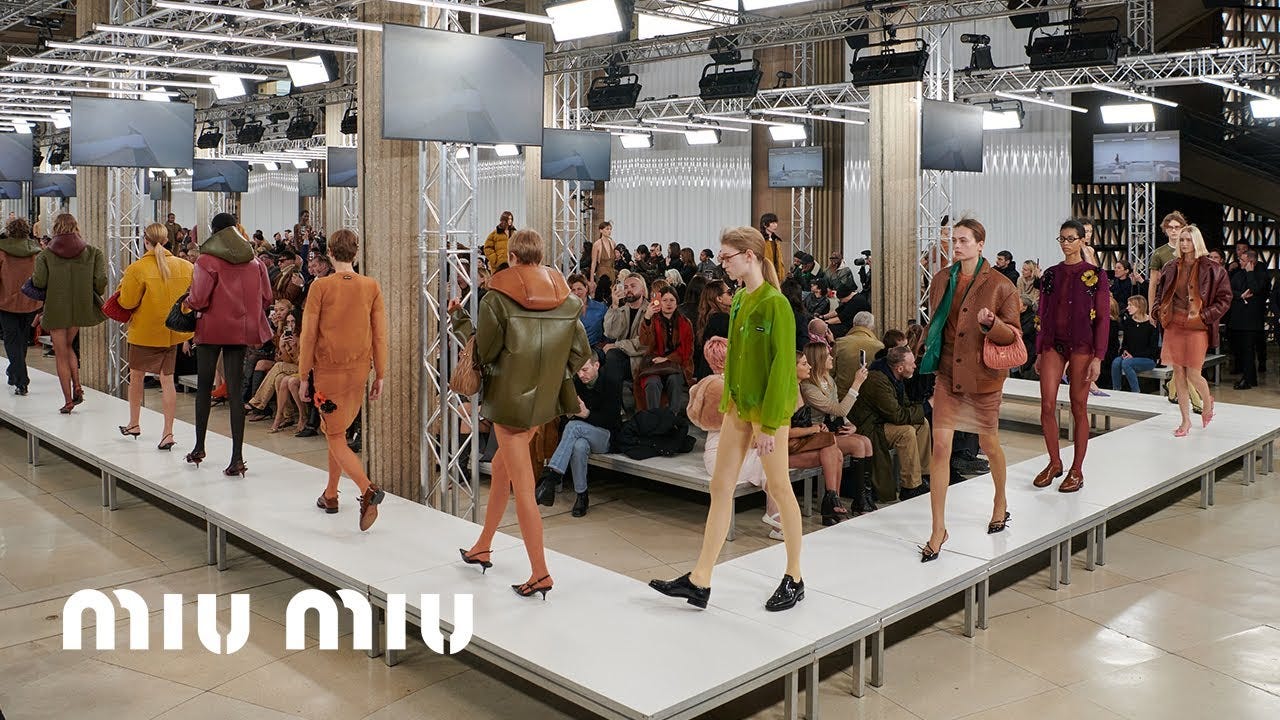

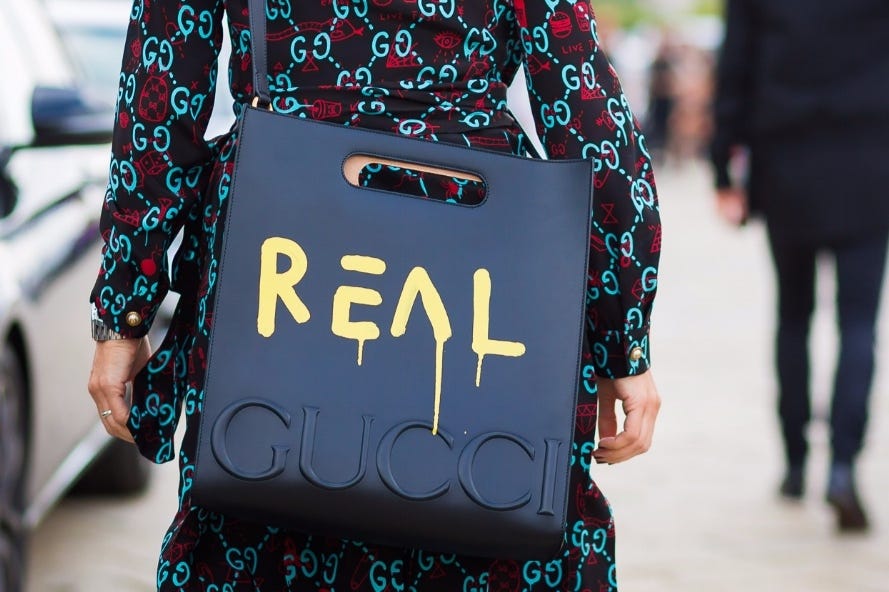

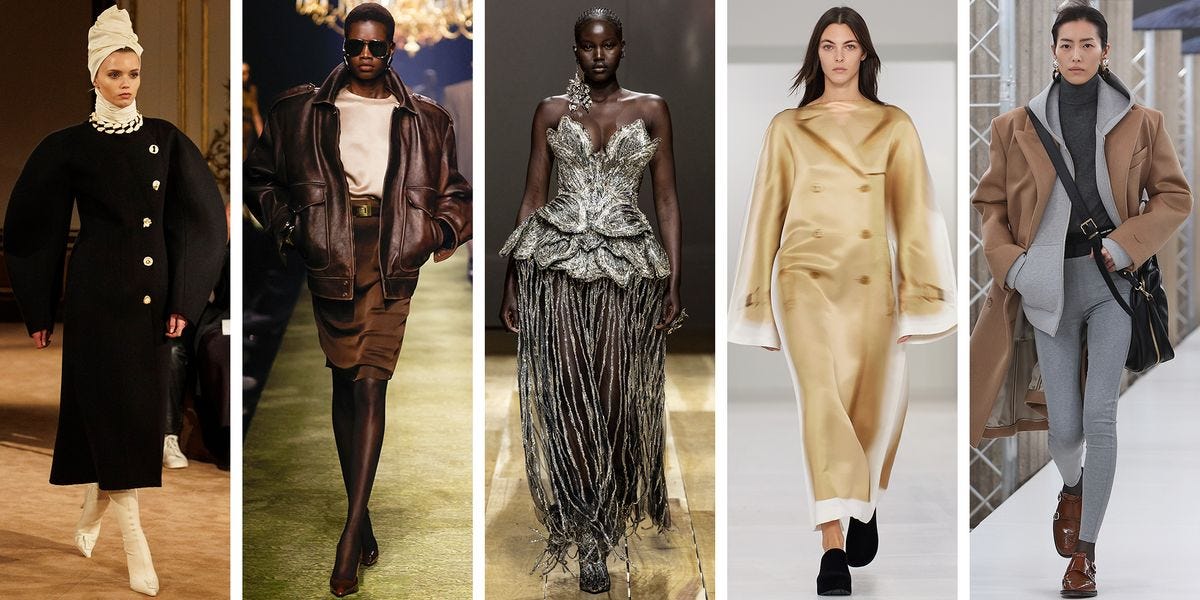

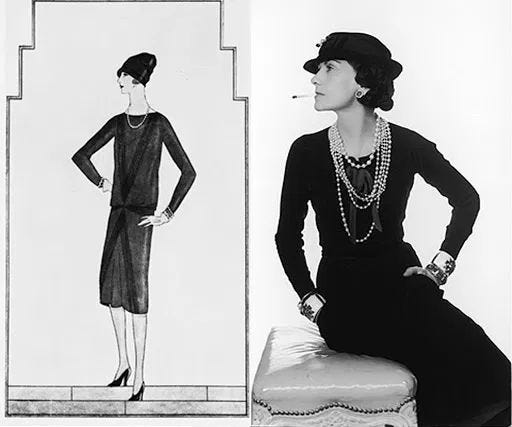
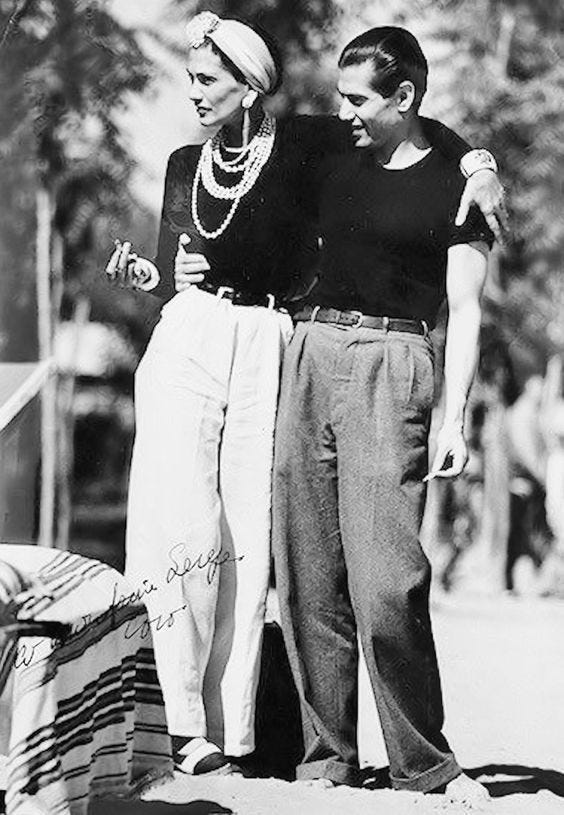

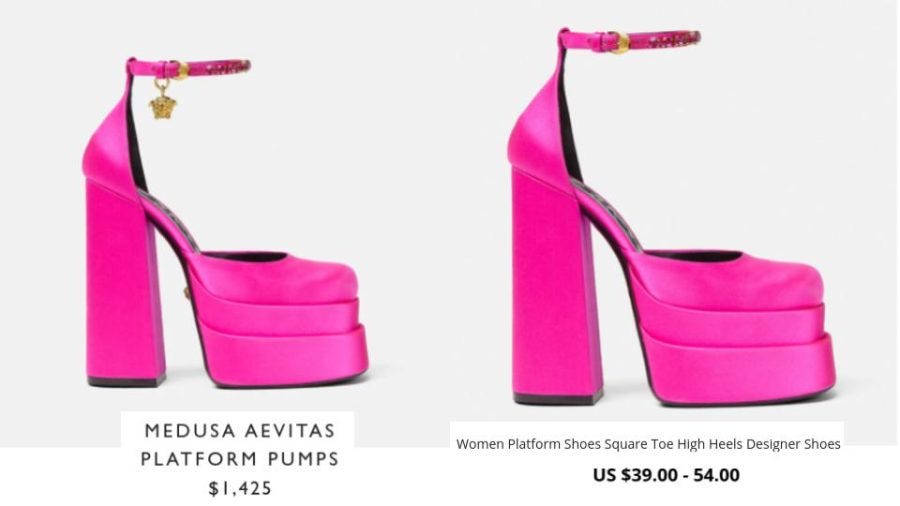

Imagine creating without the protections you need around your creation?!
That's a challenging environment.. but I see the argument that everyone borrows and lends inspiration from everyone else.
As I sit here in my vintage paint-splattered Adidas shorts and a worn-out tee, I can't help but admire the contrast. Sarah's words are like a finely tailored suit, precise and eloquent, while my attire screams "casual chaos."
Great blog Sarah, well done!